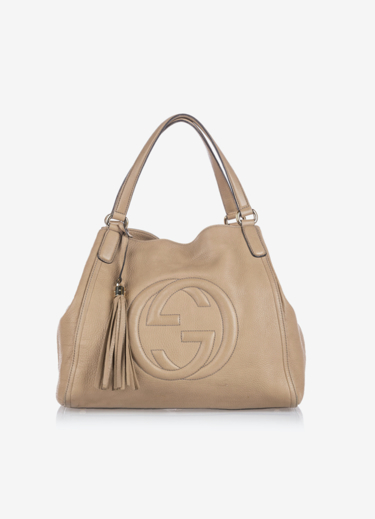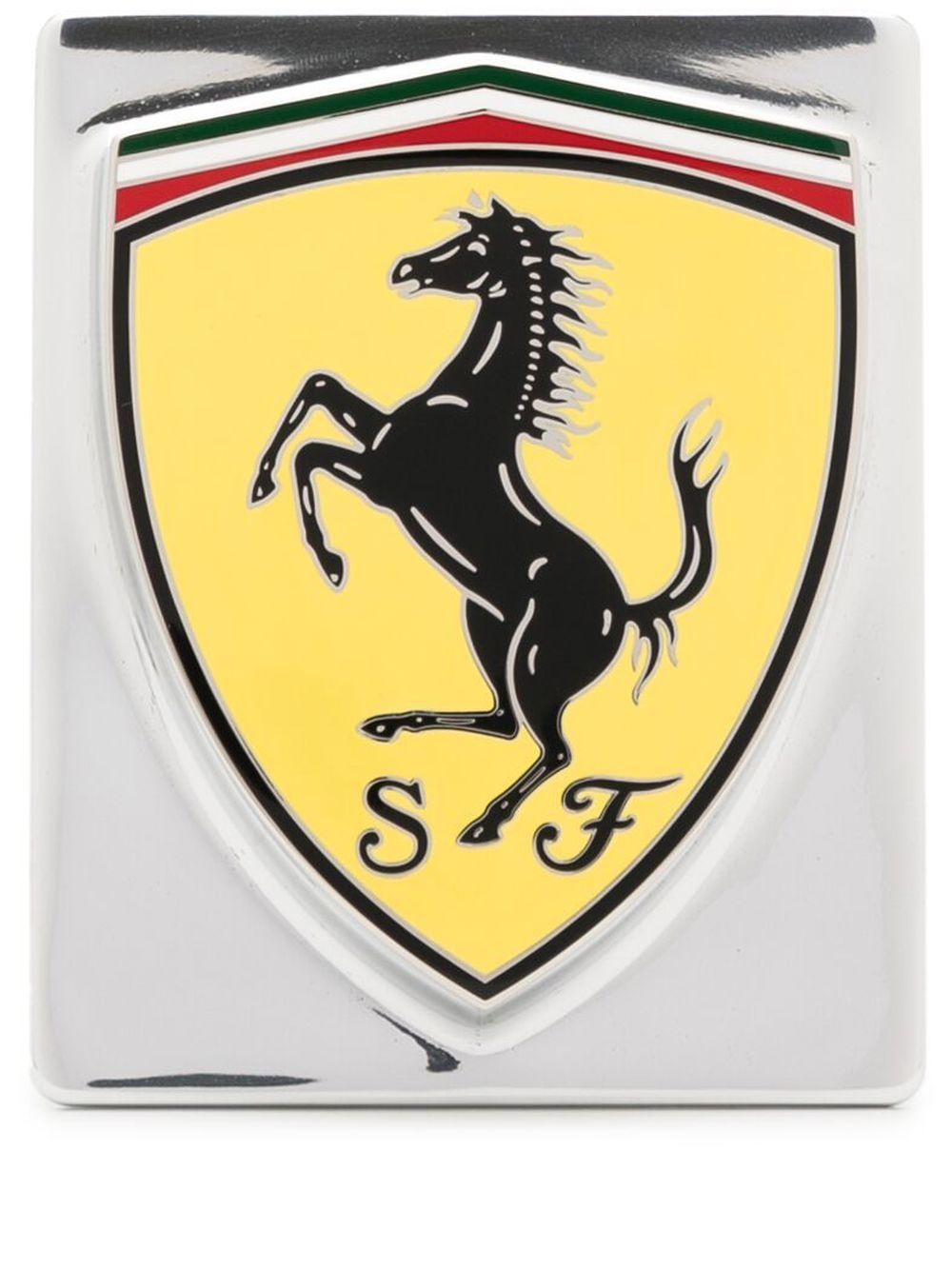
Those customers also spend almost double annually compared to the average Farfetch customer.Īs we also mentioned, boutiques and brands are responding to all this and the company sells 220 brands with the highest rating from Good On You, which is a 13% rise on the year.

Particularly significant is that more than 70% of customers using the Farfetch Donate service are new to the marketplace. And on the repair front, Farfetch Second Life has seen its customer numbers rising by 195% over the last 12 months. That’s a trend not seen that many years ago when pre-owned was less appealing to the most affluent shoppers.Īt the same time, 22% said that over the last 12 months they’ve started selling fashion items they no longer use and 20% have donated a used fashion item in the last year, while 13% have repaired one. And it’s interesting that 65% of its pre-owned GMV comes from its highest-spending Private Client and Platinum customers. Some 29% of customers that it surveyed also said they bought a pre-owned fashion item in the past year.

Meanwhile, the use of the countries filter on the site and the app rose 29%. This was up 52% compared to the year before.Īnd as we mentioned at the start, searches for conscious terms on Farfetch jumped 93% last year. It added that brands that score highly via Good On You and are rated by Farfetch as ‘fully conscious’ represented 49% of overall GMV from conscious products. This growth was driven both by increased consumer interest and companies - not just those known for their conscious stance such as Stella McCartney - responding to that with a broader offering. The same number said they’re now buying a higher proportion of luxury items because they see that as more sustainable approach than buying lower-quality fast fashion.They’re particularly focused on products that cause less harm to the planet and that respect animal welfare and the company said the sale of conscious products rose almost twice as fast as the marketplace average last year. As many as 79% said they’ve become more sustainable in some way in the last year. The retailer’s customers are looking for quality and longevity in their purchases and the pandemic seems to have had an effect on the way they view fashion shopping. Meanwhile South Korea saw the biggest increase in pre-owned spend per item (+116%).

France saw the strongest growth globally in conscious shopping (+149%) in general merchandise value terms. As many as 29% of customers in China made a conscious purchase in 2021 and the average age of conscious customers is 32 (compared to 34 for its customers overall).

The number of its customers who purchased a product from its conscious collection last year increased 60%. That gave it a year-long snapshot of consumer attitudes and also their behaviours. The company classifies conscious products as those made of independently recognised/certified materials, or that have been created via a certified production process, that are pre-owned or belong to a brand that scores well with ethical rating agency Good on You. While there remains a certain amount of scepticism in some circles about just how committed consumers are to conscious shopping, the report suggests that businesses need to move as quickly as they can to meet the burgeoning demand for sustainable products and that luxury shoppers are very eco-focused.įarfetch looked at data from luxury customers’ interactions with such products - including pre-owned - as well as services that promote circularity. The e-tailer said searches for ‘conscious’ product terms on the e-store have grown 93% year-on-year (YoY) and “circular initiatives that extend the life of items and promote repair or resale of fashion are growing in popularity”.Īnd it’s turning into a ‘virtuous circle’ with boutiques and brands “taking action to meet consumer demand by pushing forward with measures to improve their sustainability performance”. The second edition of Farfetch’s annual Conscious Luxury Trends Report has shown that consumers are focusing more heavily on sustainable and ethical products.


 0 kommentar(er)
0 kommentar(er)
